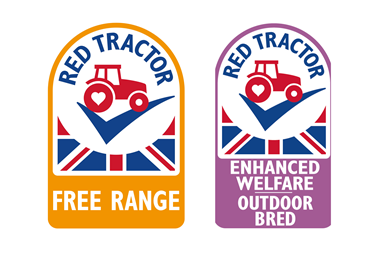The number of non affiliated c-stores has slumped to less than half (49.2%) of the total convenience market for the first time, according to the latest IGD Convenience Retailing report.
Store numbers fell to 3.6% to 25,893 over 2005, a decline of 980 stores in total. They also under-traded relative to their market share, accounting for just 29.2% of the sector's sales.
The IGD said that challenges presented by increased competition, succession planning, rising staffing costs, the impact of new legislation and lack of resources with which to upgrade their offer were to blame.
However, it pointed out that the rate of decline had slowed since 2004, and actually halved over the last year.
Some of the slump was offset by recruitment to symbol groups, it added, highlighting the 5.1% increase in symbol group store numbers over the period. Indeed, symbol groups were the fastest-growing segment in terms of store numbers. They also generated an impressive 10.2% uplift in sales. The strongest performers, however, were the convenience multiples, with 16% sales growth, despite only a modest 2% increase in store numbers.
The multiples and symbol groups have been driving the market, according to the report. Though overall store numbers were marginally down (1.1%), the convenience market outperformed the general grocery market, growing 4% to £24.9bn, up 4% on 2005, compared with a 3.4% uplift in the wider market.
The IGD predicted that the convenience market would grow to between £30.7bn to £33.9bn by 2011, in line with a medium to high growth scenario.
David Gordon, IGD business manager, said: "There's nothing we've seen to suggest it will slip. Conditions are still good for consumer demand for convenience. There are plenty of opportunities. Ownership does not dictate ability to seize those opportunities. There's no reason for success to be limited to a few."
Store numbers fell to 3.6% to 25,893 over 2005, a decline of 980 stores in total. They also under-traded relative to their market share, accounting for just 29.2% of the sector's sales.
The IGD said that challenges presented by increased competition, succession planning, rising staffing costs, the impact of new legislation and lack of resources with which to upgrade their offer were to blame.
However, it pointed out that the rate of decline had slowed since 2004, and actually halved over the last year.
Some of the slump was offset by recruitment to symbol groups, it added, highlighting the 5.1% increase in symbol group store numbers over the period. Indeed, symbol groups were the fastest-growing segment in terms of store numbers. They also generated an impressive 10.2% uplift in sales. The strongest performers, however, were the convenience multiples, with 16% sales growth, despite only a modest 2% increase in store numbers.
The multiples and symbol groups have been driving the market, according to the report. Though overall store numbers were marginally down (1.1%), the convenience market outperformed the general grocery market, growing 4% to £24.9bn, up 4% on 2005, compared with a 3.4% uplift in the wider market.
The IGD predicted that the convenience market would grow to between £30.7bn to £33.9bn by 2011, in line with a medium to high growth scenario.
David Gordon, IGD business manager, said: "There's nothing we've seen to suggest it will slip. Conditions are still good for consumer demand for convenience. There are plenty of opportunities. Ownership does not dictate ability to seize those opportunities. There's no reason for success to be limited to a few."













No comments yet